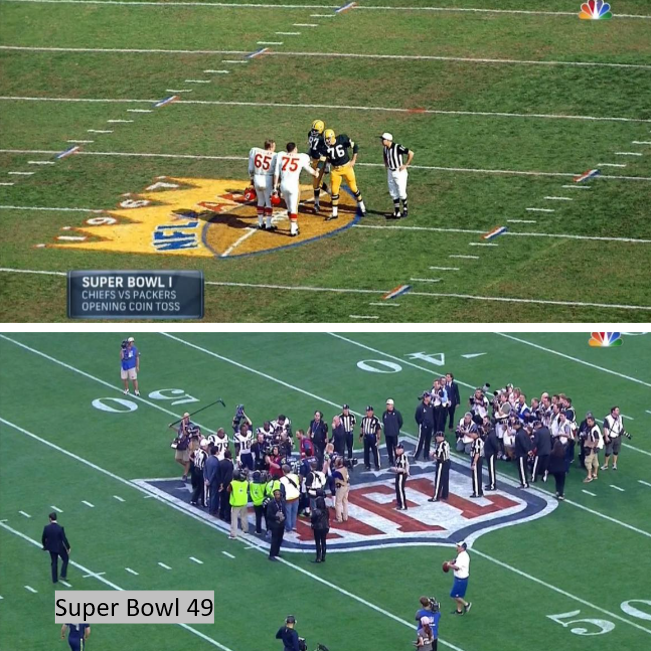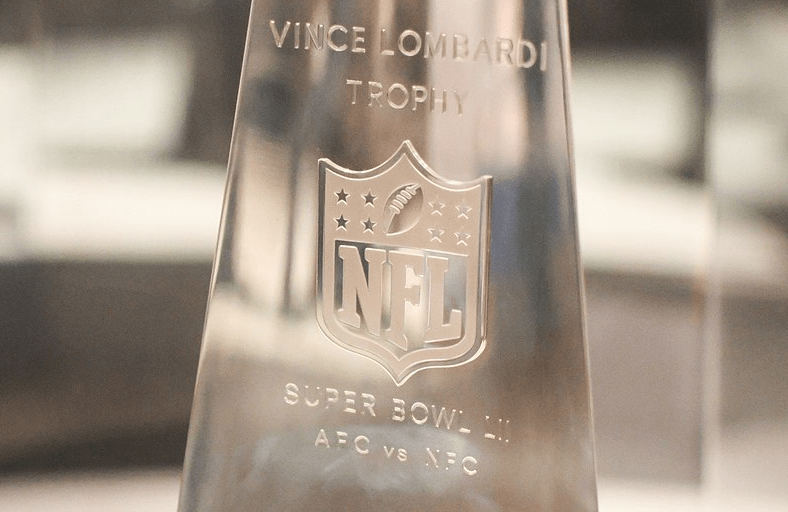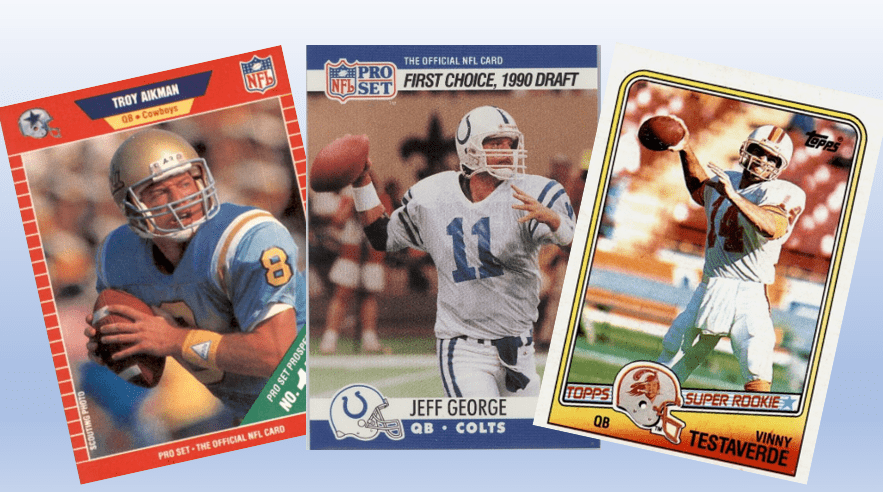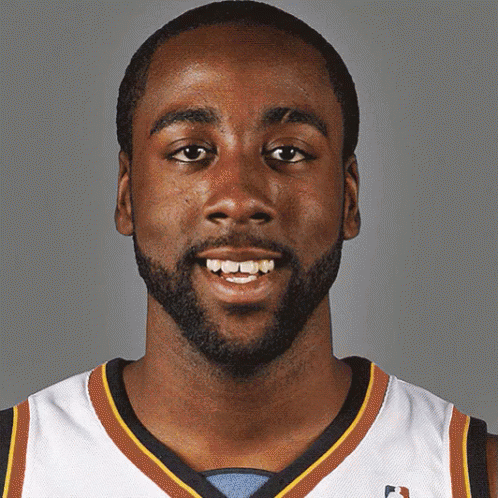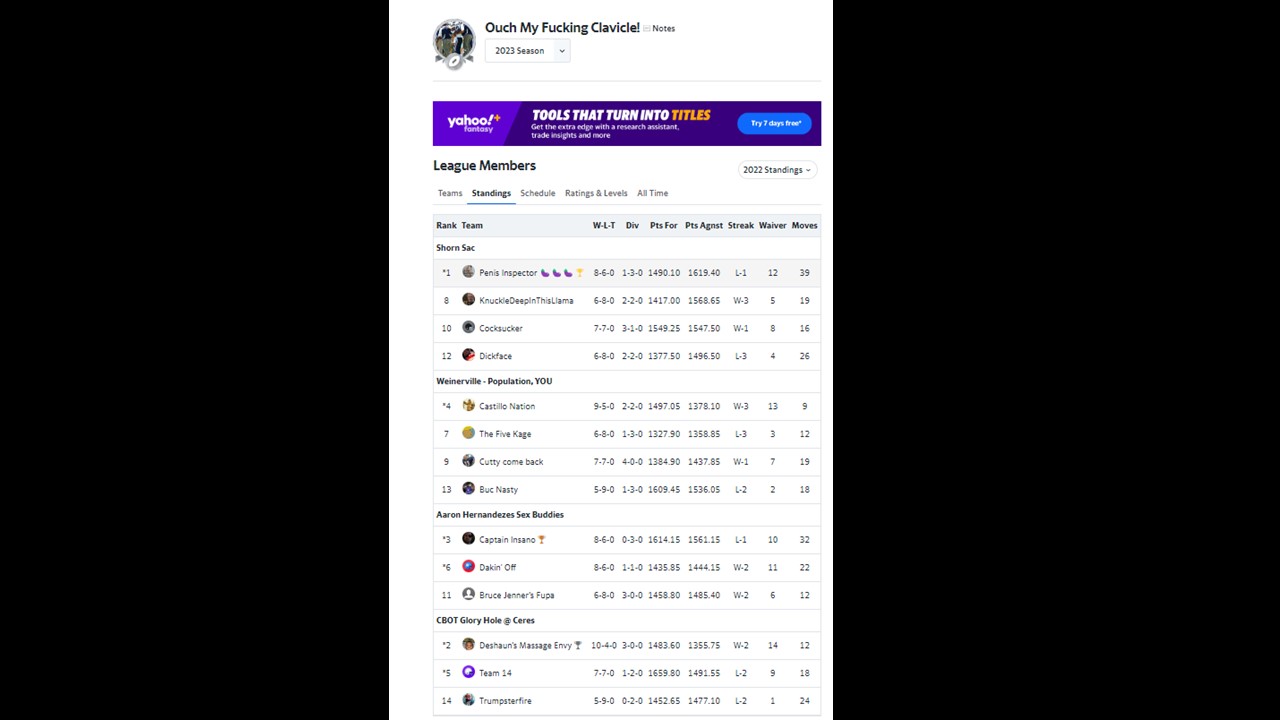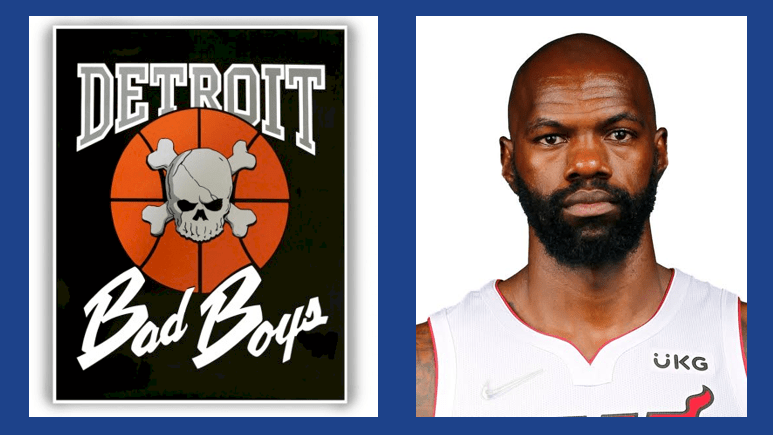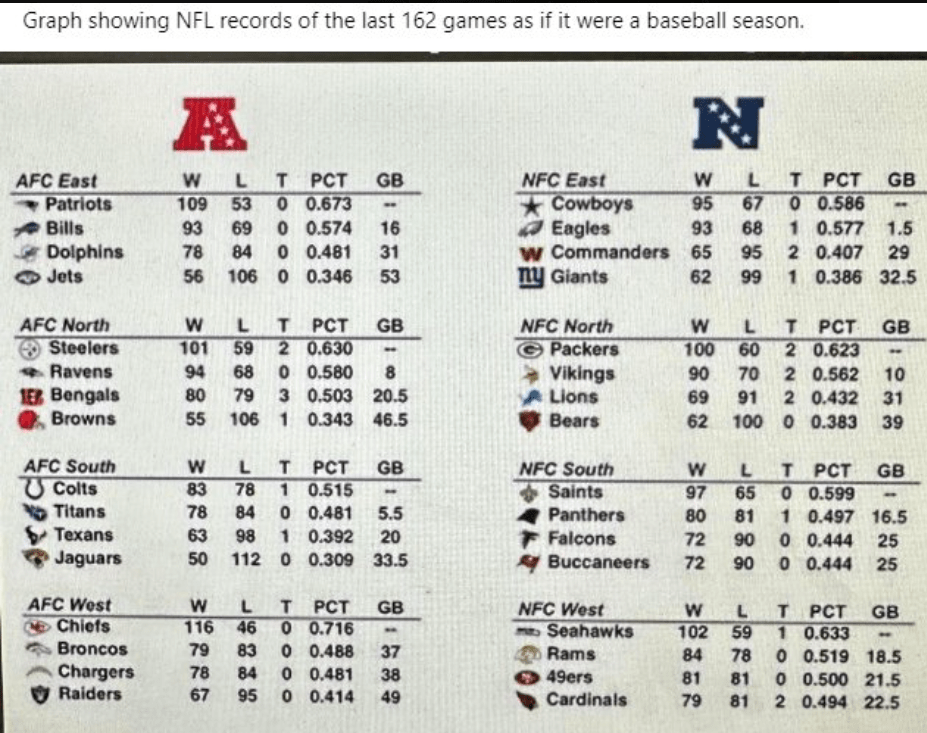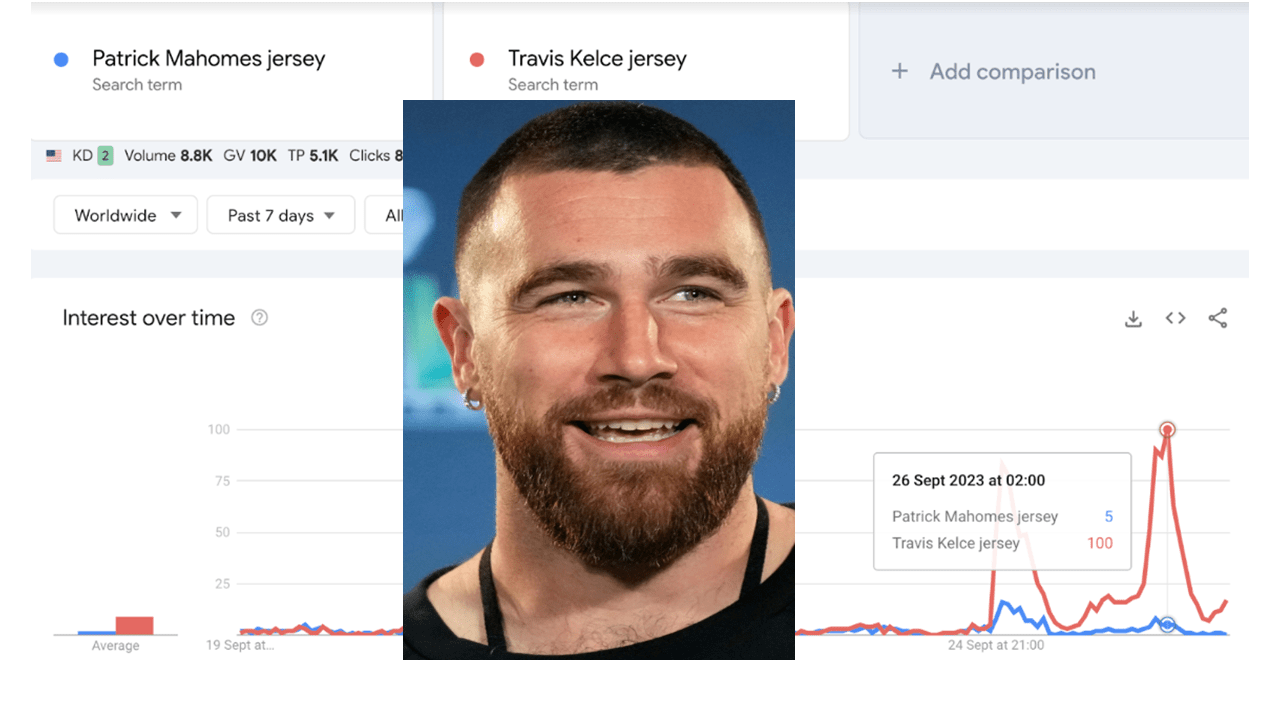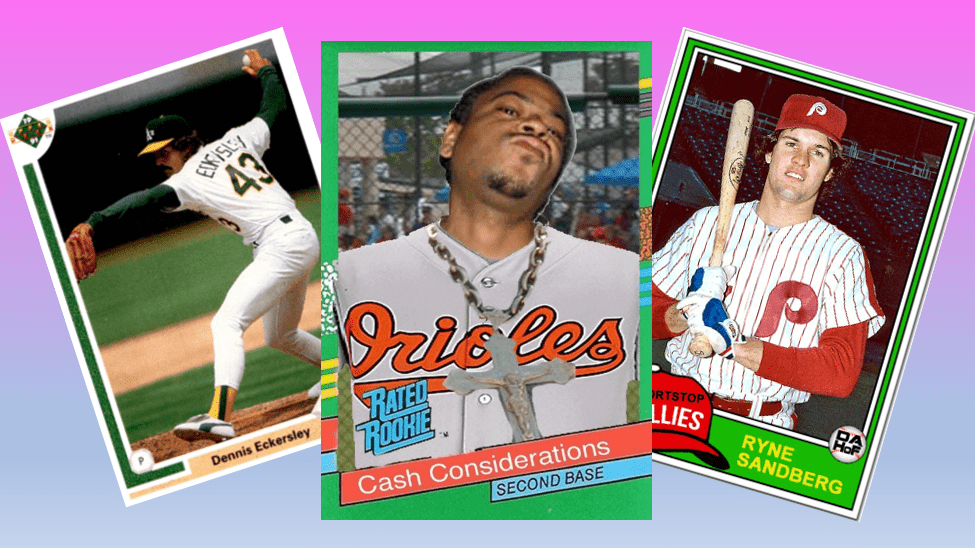It’s the off-season which means it’s time for MLB free agency. Undoubtedly a number of players this year are going to pull in massive contracts, like Aaron Judge, Trea Turner, Carlos Correa, Jacob deGrom and Xander Bogaerts.
But history has shown that these massive deals don’t always work.
Sometimes they turn into a financial sinkhole for the team where the ownership and the fans are just counting down the days until they no longer have that player on the books.
There have been 72 Major League Baseball contracts when adjusted for inflation come to more than 100 million dollars.
In this article we’re going to look at the 11 absolute worst of those 72 contracts.
11. Mike Hampton – 2001 Rockies – $190 Million
The Colorado Rockies have always been a team with a pitching problem. Playing in the highest elevation stadium in baseball by a long margin, the lowered air resistance means pitchers pitches don’t have near as much movement, are more hittable, and the ball flies further when the batter does make contact for that reason.
Free agent pitchers have always been hesitant to sign with the Rockies as it’s been known to be a place where
pitchers careers go to die. Meaning the Rockies have to shell out a bit more than any other team to land top pitching. And that was the case with Mike Hampton.
Signed in December of 2000, Mike Hampton was offered the largest contract in baseball history up to that point. Mike was a good pitcher leading up to that contract but when you think of the pitchers in the league at that time (Pedro Martinez Greg Maddux Roger Clemens Randy Johnson), Mike Hampton isn’t near that level.
You knew even at the time that him getting the largest contract in baseball history was a hell of an overpay but the Rockies had a glaring need at starting pitching.
Since their Inception the Rockies had the worst starting pitching era in the league league and the third worst starting pitching wins above replacement. It made sense for them to splurge on starting pitching.
But compared to another pitcher (Mike Mussina who signed a six-year 88.5 million dollar deal with the Yankees just nine days before Hampton Hampton’s eight-year 121 million dollar contract), is almost criminal.
But how did he perform during the contract? Well not great.
During his first two years he started 62 games and had a 5.75 era his strikeouts per 9 innings was a laughably low 4.6.
On the bright side he was by far the best hitting pitcher in the league during those two years hitting .315 with 10 home runs – absolutely crazy stats.
With Colorado he accumulated 0.3 War minus 1.6 on the pitching side and plus 1.9 on the hitting side – his entire positive output was with the bat.
After those two years the Rockies had seen enough they packaged Hampton with Juan Pierre in a trade with the Marlins. The Marlins were apparently only interested in Pierre because just two days later they traded Hampton to the Braves for a relief pitcher and minor leaguer.
To Hampton’s credit he did bounce back a little. While nowhere near his pre-Rockies days from 2003 to 2005, on the Braves he was a slightly below league average starting pitcher before requiring Tommy John‘s surgery near the end of 2005.
He missed all of 2006 and 2007 before returning in 2008 for the last year of his contract. He played pretty mediocre across 13 starts that year and secured a much smaller one-year 2 million dollar contract in 2009 with the Astros.
He only pitched 4.1 innings in 2010 with the Diamondbacks before retiring. All said baseball inflation adjusted Mike Hampton signed an eight-year 190 million dollar contract earned 6.2 wins above replacement coming to 30.65 million per war.
10. Albert Belle – 1999 Orioles – $135 Million
Unlike Mike Hampton, Albert Belle had a track record going into free agency that demanded a massive deal.
Finishing top 10 in MVP voting in five of six seasons from 1993 to 1998 he was one of the best left
fielders in baseball in the mid 90s and his first free agent contract with the White Sox showed that.
After signing with the White Sox he became the highest paid player in baseball for the 1997 season and the first player in baseball history to make over 10 million in a season. In that contract he lived up to hitting 79 home runs and accumulating 8.6 war in two seasons.
After the 1998 season he had a unique clause in his contract that stipulated he would remain one of the three highest paid players in baseball throughout his contract.
The White Sox didn’t agree he was worth that much opting out and making him a free agent going into 1999.
The Orioles on the other hand saw it differently. They then signed him to a five-year 65 million dollar contract which again made him the highest paid player in baseball. In the end the White Sox look very smart passing up on Belle’s pay raise.
While he had a good 1999 with the Orioles hitting 37 home runs with a 941 Ops, his 2000 season was a step back offensively. It’s also important to note that he was one of the worst defensive left fielders in the league during this time accumulating negative 3.3 D War.
But things went from bad to worse in 2001. During spring training he was diagnosed with degenerative hip osteoarthritis. The Orioles said that he was totally disabled and unable to perform as a major league baseball player.
He was forced into retirement and never played baseball again. Fortunately for the Orioles about 70 percent of his remaining contract was covered by Insurance.
Still his inflation-adjusted contract was a total of five years 135.1 million dollars and he accumulated four wins above replacement coming to 33.78 million per win.
9. Prince Fielder – 2012 Tigers – $237 Million
Coming off his last year with the Brewers in 2011, Prince Fielder was an icon of the game.
The Home Run Derby champ and three-time All-Star was set to make a massive amount of money in free agency. The Brewers made an offer of five years 100 million dollars but that was never a serious offer that anyone thought Fielder would sign.
Instead Fielder signed a massive nine-year deal worth 214 million with the Detroit Tigers. Along with Miguel Cabrera the Tigers were looking to have one of the best one-two punches in the league. And off the bat that looked to be the case.
By the 2012 All-Star break Fielder and Cabrera combined for a league leading 134 RBIs. After 2012 the contract was looking like a massive success. Fielder accumulated 4.7 War the second highest total in his career and received MVP votes.
However 2013 saw a bit of a dip. He was worse than nearly every single offensive stat along with some of the worst first base defense in the league.
With seven years still on the contract the Tigers were sufferingand they traded Fielder to the Rangers for Ian Kinsler. Much like the White Sox opting out on Albert Belle’s contract, this turned out to be a great move for the Tigers.
Fielder’s decline was real; he had an injury riddled 2014 and 2016 with 2015 being the only semi-productive season with the Rangers. Again very similar to Albert Belle, Fielder was forced in a medical retirement during the 2015 season due to C4 and C5 herniation in his neck.
Also similar to Belle, insurance picked up some of the remaining money on his contract. Of the 96 million dollars of payments still due to Fielder the Tigers would pay 24 million the Rangers would pay 36 million and insurance would pay 36 million.
Interesting fact about this contract: because all that money is guaranteed and paid in full regardless of Fielder playing, in 2020 when all active players had their contracts prorated due to the covid shortened season, Prince Fielder was the highest paid player in the league despite retiring four years earlier.
With an inflation-adjusted contract of 9 years 237 million dollars, his production of seven war in the end Fielder’s massive deal came to 33.9 million dollars per win
8. Josh Hamilton – 2013 Angels – $124 Million
Hamilton’s story is a weird one. Drafted first overall by the Devil Rays in the 1999 draft, in 2001 he began excessive drug and alcohol use and was sent to the Betty Ford Center for drug rehabilitation.
He ended up failing a drug test during spring training of 2003 and took a year off for personal reasons. He then failed three drug tests in 2004 earning a suspension for the entire season.
He was arrested in 2005 for smashing the windshield of a friend’s truck and was suspended again for the entire season following another relapse.
At this point he was looking like a massive bust for the Rays. They left him unprotected in the 2006 Rule 5 draft where he was taken by the Chicago Cubs and then immediately traded to the Reds for cash. But this is where the story turns around.
In 2007 he was apparently clean for the first time in years and broke out with the Reds. Prior to 2008 he was traded to the Rangers and continued his prolific hitting earning his first All-Star appearance in garnering MVP votes. At this point in his career Hamilton was the post boy for overcoming addiction and turning one’s life around.
His remaining team control years with the Rangers were wildly productive with him winning League MVP in 2010. But there were still relapses in 2009. Photos of him shirtless in a bar with reports of him looking for cocaine emerged prior to the 2012 season his last team control year.
It was reported that he had another relapse with alcohol but every time these reports serviced he would apologize. The team would report how they have him on a program with a mentor and his off-field availability and production remains strong.
So the warning signs were there for an implosion but like in many sports, production reigns king and the Angels ignored all the warning signs giving Hamilton a five-year 125 million dollar contract.
On the Angels, Hamilton never came close to his level of play with the Rangers.
After two pretty subpar seasons with the Angels and a shoulder surgery prior to the 2015 season, Hamilton relapsed again and voluntarily reported to Major League Baseball while the Angels laid out a rehab plan for him. Angels owner Arte Moreno hinted to the press that they were looking to cut ties with Hamilton.
They traded him back to the Rangers for cash and a player to be named later in April of 2015 with three years still left on the contract. He played a total of 50 games with the Rangers in 2015 before knee injuries kept him off the field for the rest of his career.
From a contract standpoint he damn well earned his spot on this list inflation adjusted his contract was five years 125 million and he earned a total of 3.2 wins above replacement coming to 39 million dollars per win above replacement and memories that Angels fans wish they could erase.
7. Carl Crawford – 2011 Red Sox – $159 Million
All the contracts previously mentioned you could argue were overpays even at the time of the signing. Sure the players were good, but relative to other free agent deals at the time along with the risk, those players carried all of them were at least on the higher end of what you’d expect.
Carl Crawford doesn’t fall out of that category; he was a bona fide star with his time with Tampa Bay and an exciting player to watch. Always near the league league in stolen bases and triples along with a healthy batting average and on base percentage, he was your prototypical leadoff hitter and had his best season right before hitting free agency. In his last year with Tampa he stole 47 bases hit 307 knocked a career-high 19 home runs and scored 110 runs accumulating a great seven War season and finished seventh in the MVP voting.
It was the best case scenario for him to lock up a lucrative deal and he did just that signing a seven year 142 million dollar contract with the Red Sox. His first season with the team was headline inducing and not for the right reasons.
One of the most infamous stories of Clubhouse dysfunction that I can remember, articles came out about how the pitching rotation settled into a routine of swilling Brew eating, fast food chicken, and playing
video games in the clubhouse rather than support their struggling teammates during games.
in The Dugout manager Terry Francona completely lost his ability to motivate the team and was distracted by his own marital problems he apparently lived in a hotel during the season leadership was constantly in question and multiple reports linked players to being detached and uninspired.
At the center of this and possibly the scapegoat of the team was Crawford. He developed a chronic wrist condition and a strained ligament in his elbow that eventually resulted in wrist and Tommy John’s surgery. He had a number of complaints about the medical staff during this time and later described his two years with Boston as “the toughest time in my life.”
Asked if he regretted signing with the Red Sox Crawford replied A lot of times I did you hear a lot of talk about how I just wanted money at some point you wondered if you made the right decision.
The fans had no love for Crawford either. He was viewed as an overpaid Diva that was really a summation of the problems the Red Sox had that season. Needless to say he had to get out of Boston.
After two injury-riddled seasons where he performed nowhere close to the level he did in Tampa, the Red Sox traded him to the Dodgers in a massive salary dump for the team. While Crawford played a little bit better with the Dodgers he was still nowhere close to his Tampa Bay production.
He had nagging injuries throughout his tenure and with almost two years left on his contract the Dodgers released him and he went into retirement.
Inflation adjusted Crawford signed a seven-year 159.7 million dollar contract and accrued 3.6 War good enough for 44.4 million dollars per win.
6. Jordan Zimmerman – 2016 Tigers – $109 Million
When the Expos moved to Washington and became the Nationals, the Nationals embarked on a half decade rebuild that was highlighted by a number of great draft picks.
Ryan Zimmerman, Bryce Harper, Anthony Rendon, Stephen Strasbourg – all highly touted memorable players. But somewhat forgotten in that time was 2007 second round pick Jordan Zimmerman.
He threw the Nationals first no-hitter, finished top 10 in the Cy Young voting twice, was a two-time All-Star and was a staple in the Nationals rotation for five years.
Why is he forgotten? Probably due to the free agent deal sign with the Tigers going into 2016. While he had five seasons in a row with an era under four prior to the deal and one season under three after signing with the Tigers, he never saw below four and a half while he made 32 or more starts in the four seasons leading up to free agency.
He never crossed 30 again as injuries took their toll. While he put up 20.3 war in seven years with the Nationals, he put up a total of 1.8 over the course of his five-year deal.
Funny thing is the deal was off to a great start his first month with the Tigers. In 2015 he was the American League pitcher of the month with a 5-0 record and only giving up two earned runs in 33 Innings pitched.
After that month he missed action due to a variety of injuries including a neck strain, right shoulder strain, UCL strain, and right forearm strain. And when he was able to pitch their results were not very good all in all.
Zimmerman’s inflation-adjusted contract was five years 109.7 million dollars accruing just 1.8 War for a total of 61 million per war.
5. Mo Vaughn – 1999 Angels – $160 Million
Mo Vaughn was a stud first baseman for the Red Sox winning MVP in 1995 and putting up an Ops plus of over 144 in the Five Seasons leading up to free agency. Based off that, the Angels decided to give him a five-year 80 million dollar contract.
Now if you were to just look at his raw offensive numbers with the Angels it doesn’t look too bad.
In the first two years the contract he had over 30 home runs over 100 RBIs and pretty solid looking stats. But when you adjust for this being in the midst of the steroid era those two seasons take a huge hit compared to the rest of the league.
After those two years you wouldn’t think this contract would be fifth worst of all time but things took a turn for the worst as he missed the entire 2001 season due to injury.
He was traded to the Mets for Kevin Appier prior to 2002 and the last three years of his contract with the Mets were pretty lackluster with him missing almost two whole seasons. When he was able to play he racked up a total of negative 1.2 War.
Vaughn’s contract inflation-adjustment was a six-year 160 million dollar deal where he put up a total of 2.4 War for an end result of 66.8 million per war.
4. Justin Upton – 2018 Angels – $107 Million
This marks the third Angels contract to make this list. Add in that Albert Pujols was just outside this list at number 18 and Anthony Rendon is well on track to go down as a bad contract, the Angels could soon be owners of a whopping five free agent contracts in the top 20 worst contracts of all time.
They basically have a terrible contract Dynasty. As we saw in 2022 it shows on the field despite having two of the best players in baseball – Mike Trout and Shohei Ohtani – they have no depth whatsoever. And nearly every draft pick trade or signing has done nothing to fix that.
In 2022, Ohtani and Trout combined for 15.9 B War. The rest of the Angels roster combined for 15. That means without Trout or Ohtani the Angels on paper are around a hundred loss team.
Back to Upton. Upton had a very impressive career at least up until signing that extension with the Angels.
At the age of 29 he was finishing up a two-year contract with the Tigers and having one of his better career seasons and was traded to the Angels near the 2017 trade deadline.
He continued to impress with a short stint with the Angels to close out the year which is good enough for the Angels to extend him right after the season ended.
In total a five-year 106 million dollar deal, his first year of that contract was very good 30 home runs 121 RBIs and it looked like maybe the Angels were gonna buck the trend of their terrible free agent signings. But in 2019 the wheels fell off. Injuries took their toll as he never crossed 90 games in a season from 2019 to 2022.
When he was healthy he looked like a shell of his former self while he accumulated 3.7 war in 2018, the last four years of the contract he managed to pitiful negative 2.4 War. As his offense was well below average and and defensively he lost a step and was one of the worst left fielders in the league.
In total Upton was given an inflation-adjusted contract of five years 107 million accumulated 1.4 War for a total of 76.5 million dollars per war.
3. Barry Zito – 2007 Giants – $169 Million
I can already see Giants fans rushing to the comment section to let me know that this contract was well worth it due to his 2012 playoff performance. Zito started a must-win game five in the NLCS against the Cardinals with the Cardinals up three games to one. Giants fans were not optimistic at the time as his performance up to that point with the Giants wasn’t very good.
Surprisingly Zito pitched seven and two-thirds Innings of shutout baseball to give the Giants a five to nothing victory over the Cardinals. They went on to win the last two games of the series to go up against the Tigers in the World Series. Zito started game 1 and through five and two-thirds Innings giving up only one run he exited with the game well in hand with a Giants leading six to one and en route to an eight to three game one win they went on to sweep the Tigers in four games.
Zito proved to be a catalyst of six straight wins in the playoffs and the Giants second ring in three years.
So if Zito was so instrumental to this run why is he number three on this list? Well because this list is only based on regular season results and Zito’s regular season results of minus 0.4 War over the course of a seven year 126 million dollar contract goes down as pretty terrible.
Before that 2012 playoff run, Giants fans were ready to run him out of town and his 2013 is up there with one of the worst starting pitching seasons in the last decade with an impressive 5.74 era and a negative 2.5 War.
Over the course of his inflation-adjusted contract of seven years 170 million dollars, Zito’s minus 0.4 War gave him a formula breaking negative 425 million dollars per war.
2. Chris Davis – 2016 Orioles – $162 Million
This dumpster fire of a contract has been covered ad nauseum over the past four years or so.
Chris Davis the once MVP candidate who is the heart of the Orioles offense during one of the best five-year stretches in recent Orioles history, was given a seven year 161 million dollar contract for his age 30 through 36 seasons.
Now giving a contract that big to someone over 30 has turned out bad in the past but what happened to Davis was beyond bad.
After two so-so seasons where Davis was slightly below MLB average, he seemingly forgot how to play baseball.
In 2018 he put up one of the worst seasons by a full-time starter in baseball history hitting just 168 and striking out over 35 percent of the time he ended with minus 2.6 War.
Not only that he ended the season on a 21 at-bat Hitless streak that streak continued into 2019 where he set a Major League record with 49 straight hitless at-bats by a position player.
2019 and 2020 were much of the same where Davis put up a batting average well south of the Mendoza Line and racked up strikeouts at an unprecedented rate. The Orioles kept sending Davis out to the batter’s box to take at bats because they were in full tank mode at the time and were crossing their fingers that maybe he could turn it around.
A knee injury ended his 2020 season early and also kept him out all of 2021. At that point the Orioles had seen enough they worked out a deal with Davis where he could retire but still get the remaining payments on his contract.
Inflation-adjusted Chris Davis signed a seven year 162 million dollar contract accumulated minus 2.8 War a total of negative 57.9 million per war.
1. Ryan Howard – 2012 Phillies – $146 Million
It’s often overlooked how great Ryan Howard was in his first full seven seasons with the Phillies. In those seven years he averaged over 40 home runs and 122 RBIs.
He was the heart and soul of the offense for a Phillies team that had five straight playoff appearances and one World Series ring. Going into the 2010 season the Phillies gave Howard a five-year 125 million dollar extension with an option for a sixth year. however they already had Howard signed for two more seasons through age 31.
And this may be a lot of hindsight talking but preemptively signing a guy for a premium for his age 32 to 37 seasons seemed like a lot of jumping the gun and setting yourself up for a problem contract.
But it was almost poetic in a bad way how this contract started out. On the very last at-bat of the last game of the Phillies 2011 playoff run which was Howard’s last game under his original contract, Howard came to the plate representing the tying run in the fifth game of a best-of-five series against the Cardinals. A win would have clinched the series from of the Phillies and sent them to the NLCS.
Instead Howard grounded out to second, ending their season. But one of the biggest cases of adding injury to insult, Howard tore his Achilles while running to first.
Howard was never the same after that. A guy that averaged over 40 home runs the previous seven seasons never hit over 25 again. Someone with over 120 RBIs in a season never cracked 100 again.
Not only that but it served as a major turning point for the Phillies franchise itself. After five straight playoff runs the Phillies didn’t have a single winning season for the next nine years, finishing in the cellar in the NL East for three of those years.
Once Howard’s contract was up in 2016 at the age of 36, the Phillies declined their team option for 2017. Howard tried to catch on with the Braves signing a minor league contract but never saw the majors again he officially retired in 2018.
All in all Howard signed an inflation-adjusted contract of five years 147 million and managed a staggering negative 4.8 War for a total of negative 30.6 million per war.

